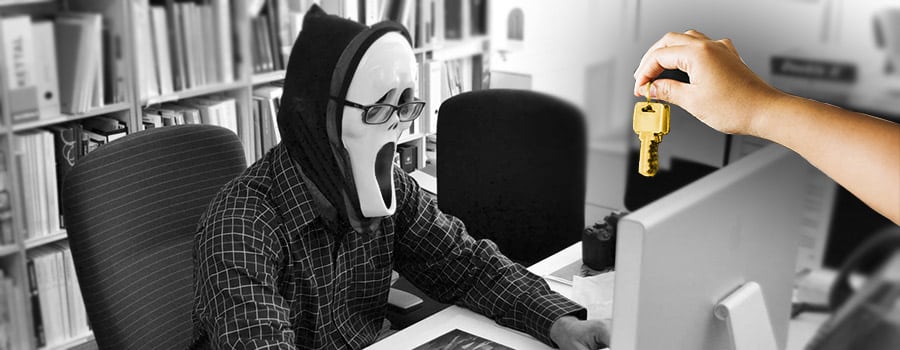
These are the 10 things you absolutely should not do if you want to keep your WordPress secure:
- Keeping the username “admin.” Most scripts are designed to perform a brute force attack in combination with the username “admin,” where thousands of passwords are attempted on your admin page.
- Leaving “admin” in the wp-admin link without setting a maximum number of login attempts. Setting a limit to 3-5 login attempts will deter brute force attacks.
- Displaying your username above each post. Choose a different name for publishing posts!
- Leaving the comment area open without an anti-spam plugin. If you don’t use comments or rarely receive them, consider disabling the comment section.
- Using the website name as your login username or password. This is one of the first combinations attempted by hacking scripts!
- Using dozens of plugins. The more plugins you have, the higher the chances of one having a vulnerability. Exploiting a vulnerability in one of your plugins can lead to a MySQL injection or the creation of files on the server.
- Leaving the WordPress version number in the source code. Hack scripts can easily find the exploits (vulnerabilities) associated with that specific version.
- Not updating WordPress for 3 years. This might have been acceptable when WordPress was relatively new, but due to its popularity, there are now numerous scripts scanning the internet for WordPress sites.
- Illegally downloading and using plugins and premium themes. Sites offering illegal themes often insert their ads or backdoors into the theme. A simple line of code can collect and transmit information to the hacker.
- Using the cheapest hosting. The server is also a target for hackers. They attempt to access the server through vulnerable WordPress websites to launch attacks on other sites. Cheap web hosts, unfamiliar with WordPress and not focused on security, often have slow servers, leading to slow website loading times.
These are the 10 points you can change to make it more difficult for hackers to compromise your WordPress website.
Alternatively, you can let WPbeveiligen proactively secure your WordPress, addressing these 10 points and more than 30 other security measures!



